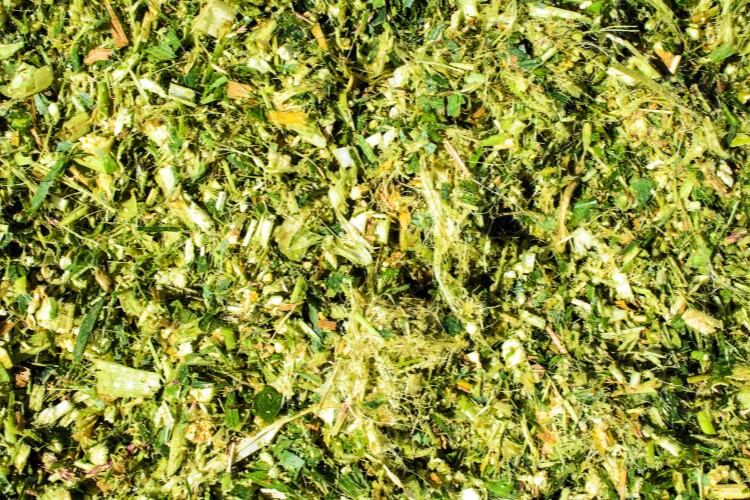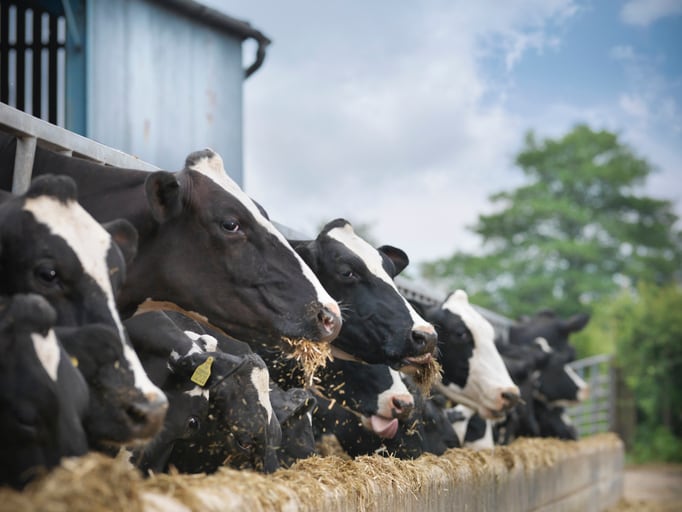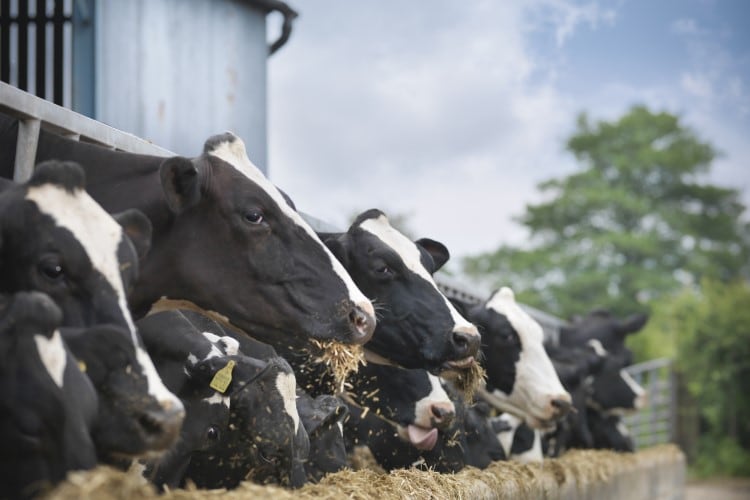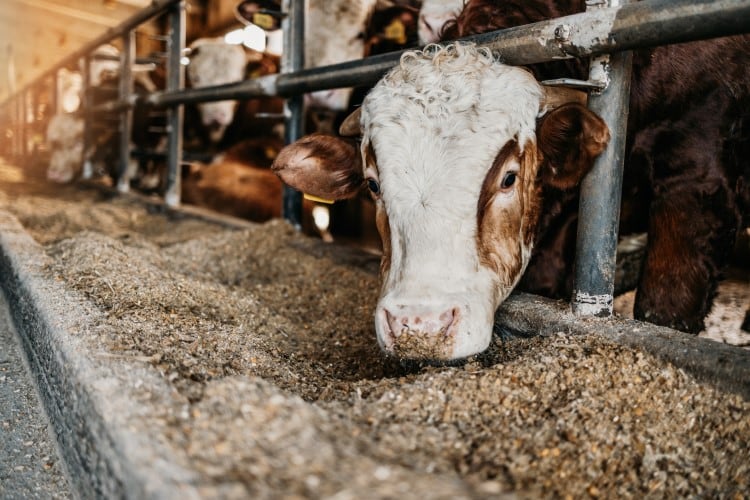Corn is a traditional part of Italian animal feed and the main forage fed to dairy cows in the Mediterranean country. It has low neutral detergent fiber content (NDF), meaning it’s highly digestible and has higher energy content than other fodder crops. An academic study recently confirmed another benefit – the diet supports the efficacy of methane-suppressing additive, Bovaer (formerly known as 3-NOP).
Two recently-completed on-farm trials carried out by the University of Cattolica in collaboration with dsm-firmenich and dairy giant Parmalat (part of Lactalis Group) showed that when Bovaer was fed to dairy cows at the recommended minimum dose of 60ppm, the additive reduced enteric methane emissions between 44% to 50%.
At the same time, milk composition and production levels were maintained, as were the milk fatty acids profile, animal health and welfare levels, and feed efficiency.
DairyReporter asked dsm-firmenich how these results compared to existing trial data. Dennis Rijnders, regional commercial director for Bovaer at dsm-firmenich, told us these were not the highest reductions ever recorded – some of the beef finishing trials had yielded even higher enteric methane reductions.
“But on the dairy side, this is one of the trials with the highest levels of reduction, given the use of the minimum dosage,” Rijnders told us.
The trials, which were the first to test the effects of Bovaer in Italy, were carried out at Universitá Cattolica’s dairy farm over 12 weeks, taking place in the summer and in winter. A two-week adaptation phase was followed by a nine-week trial period and a two-week post-application stage. The cows were either fed a corn silage-based diet or a diet with a quarter teaspoon of Bovaer added in, or were assigned to a control group.
The research team, led by professor Erminio Trevisi who heads the Department of Animal Sciences, Food and Nutrition at the university, is now focusing on publishing all findings in a peer-reviewed journal, we were told.
The role of a low NDF diet
The findings from Italy further reinforce previous research that links the efficacy of Bovaer with low NDF diets. “A high corn silage diet is easily digestible and has a low NDF percentage,” Rijnders concluded. “This results in a higher percentage of enteric methane reduction when using the same dose of Bovaer.”
She added that the most recent meta-analysis has showed the primary reason for differences in the amount of enteric methane that can be removed through the use of Bovaer is to do with the dose of the additive fed and the type of ration, mainly through NDF percentage and fat percentage in dry matter. “In the case of these Italian trials, they used highly digestible corn silage feed with a low NDF content, resulting in these high methane reduction levels,” Rijnders said.
In the US, corn has become the most commonly used forage source for dairy cows. Corn silage production in California, Wisconsin, Idaho, New York and Pennsylvania increased 27% by 2011, while the production of alfalfa and hay decreased1. A large body of research around the feasibility of an all-silage diet exists, with academics largely agreeing that diets that contain one- to two-thirds of corn silage hit the sweetspot in terms of economic and animal health benefits.
Bovaer, which is also recognizable by its former name, 3-NOP, in the US, is yet to be authorized for use in that market. Elanco Animal Health, the company which is licenced to develop, manufacture and commercialize the feed additive in the US, recently said it expected the Food and Drug Administration to approve the product during the first half of 2024.
So far, Bovaer has been authorized for sale in more than 40 countries, the EU/EEA, Australia, Brazil, Chile, Pakistan, Switzerland and Turkey.
Source:
Corn silage versus corn silage:alfalfa hay mixtures for dairy cows: Effects of dietary potassium, calcium, and cation-anion difference
Erdman, R. A, et al
Published: Journal of Dairy Science, October 2011




